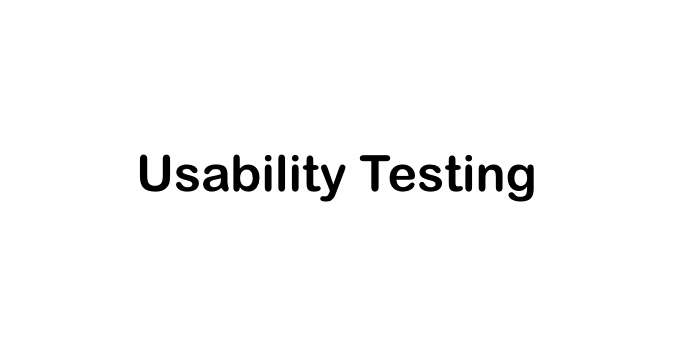By Victor Yocco, PhD
Control is a concept psychological researchers have found plays a large role in determining behavior. People will engage in behaviors when they believe they have control over the outcome (e.g. I will complete this blog entry because I am in charge of when I write, what I write, and how I write) versus one’s they don’t feel control over (e.g. I will not finish this blog post because I need to borrow a computer, I don’t have any idea what to write about, and Josh is the one that determines whether it gets posted). What matters is where I perceive the control to come from. The first example shows I feel in charge of the outcome of writing a blog post. The second example demonstrates a view that lacks a feeling of control.
Your product needs to give users a sense of control over the intended outcome. This might determine whether they choose to purchase, use, re-use, or recommend your product to others. Users need to feel your product is a tool to achieve a stated goal. For example, I want to relax. I feel in control over relaxing when I sit in a comfortable lounge chair (or at least it contributes to this feeling). A lounge chair that is made from the highest quality material, yet lacks a comfortable design, would make me feel out of control over relaxing – no matter what I do, sitting in this chair will not feel relaxing.
Sometimes, not giving users clear control can have tragic consequences. When it comes to the shift lever of 2014-2015 Jeep Cherokees, it seems users would not have felt they are in control of one critical behavior – knowing when their vehicle is in park. Or, the perception of control didn’t match reality. Jeep is an extreme case. More often, users feeling a lack of control will lead to your product not being adopted at the optimal level.
The solution: Usability Testing
A usable product is synonymous with a product that gives users control over the outcome. You feel in control when you know how to use something. You should incorporate getting and responding to user feedback to avoid releasing a product users don’t feel gives them control over the outcome. This means usability testing your product. Usability testing involves recruiting people representative of your intended users to engage in typical tasks using your product.
You can engage in usability testing at any point in the design cycle. You can test sketches or wireframes, crude prototypes, or the fully created product. You avoid participants focusing on how pretty your product is when you test an in-process version. You should also continue testing once you have a finished product. This allows you to also know where you have opportunity to provide additional education for tasks users might struggle with even after product release. You don’t need to test with very many people. In some circumstances, you can use as few as five people per study to find your product’s major usability issues.
Usability testing is a method you should become familiar with. You can refer to the additional resources I include below to find guidance on designing and carrying out a usability testing study. Usability testing does not take away your ability to be creative with your design. But you must be willing to make adjustments based on what you hear your users say. Let’s suppose Jeep did test the shifter with users and it tested poorly. They created the 2-minute-plus video shown in the article above trying to explain to drivers how to shift the vehicle. They should have redesigned the shifter, as evidenced in their eventual vehicle recall. You can save yourself a lot time fixing errors that leave users feeling out of control, when you find them and fix them before a release. Usability testing can help you do this.
Additional Resources:
Usability testing explained on Usability.gov
Unbounce blog post on usability testing
Steve Krug’s book on Usability Testing
Want to learn more about applying principles of psychology to design? Check out Design for the Mind, my new book from Manning Publications. Use code muyonvux to get 39% off the cover price here.
Victor is an author, speaker, and Research Director at a Philadelphia-based digital design agency. He writes and speaks on the application of psychology to design and addressing the culture promoting alcohol use in design. He is the author Design for the Mind, a book on the application of principles of psychology to design.
Follow him @victoryocco
Check him out on www.victoryocco.com

No Comments